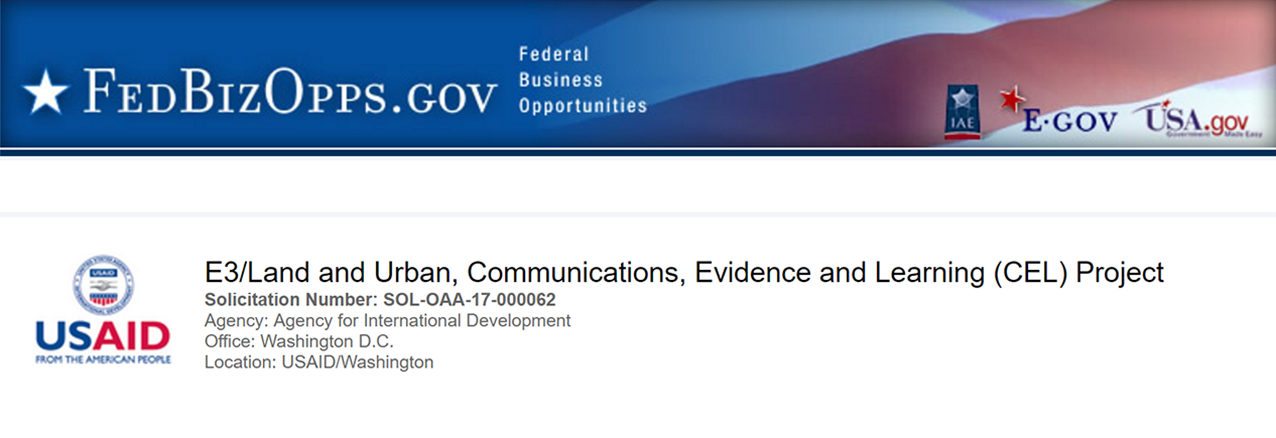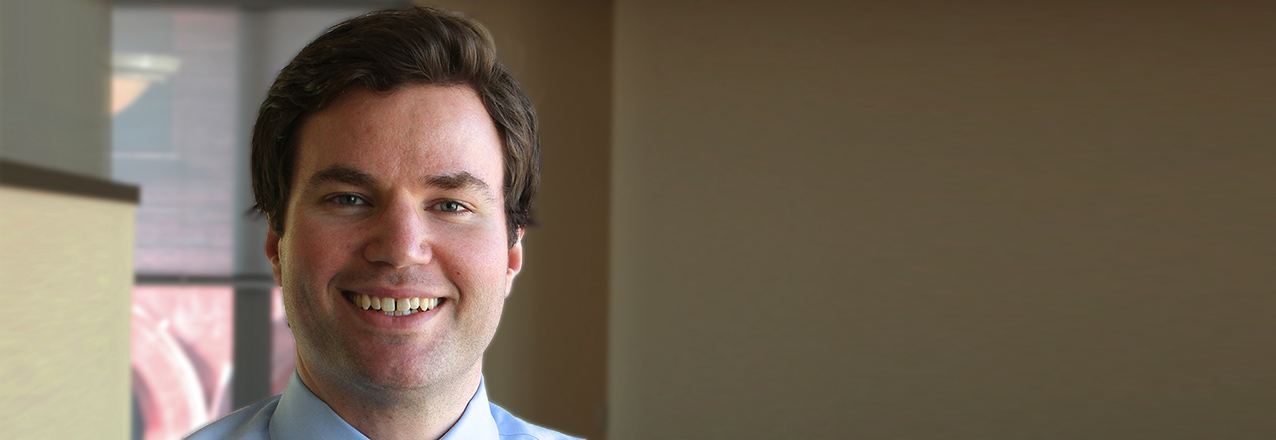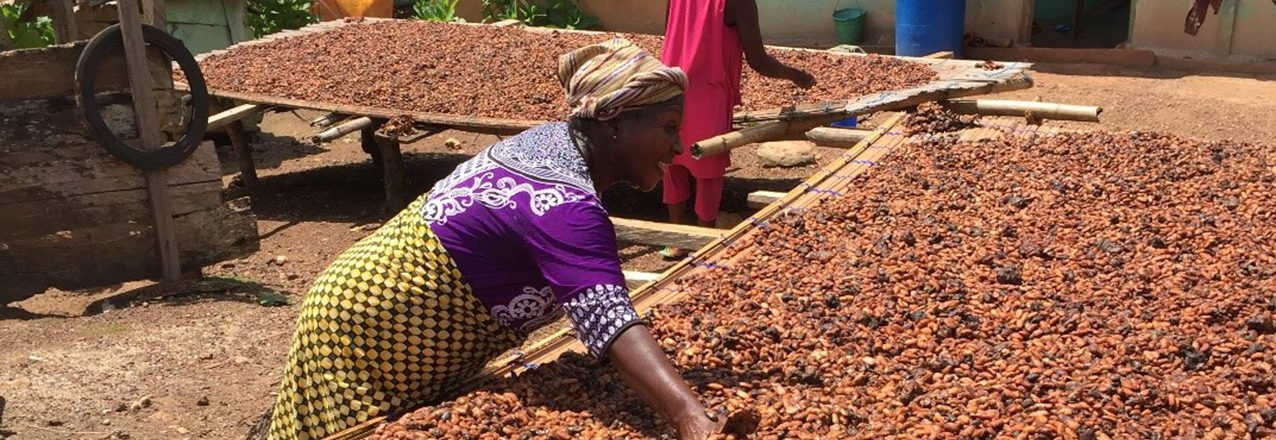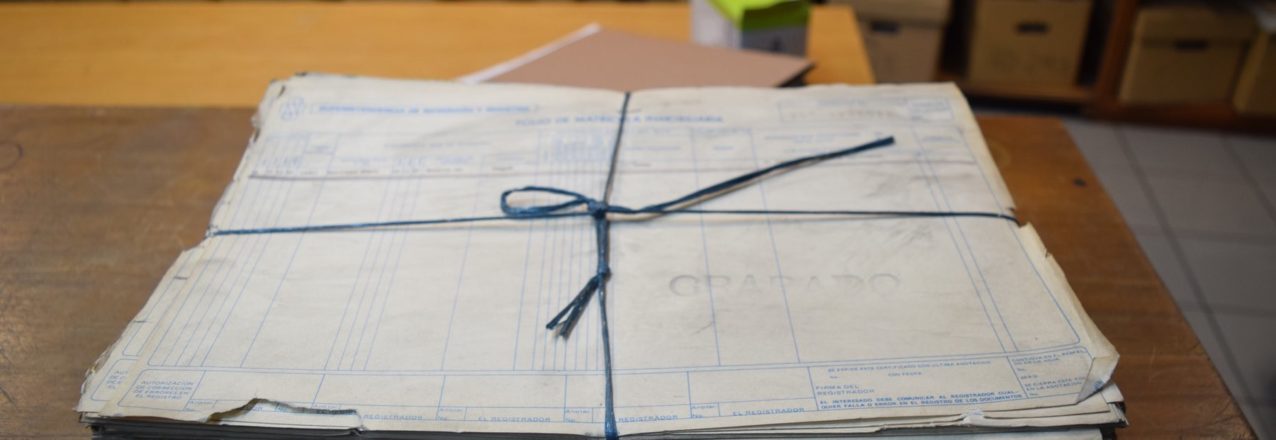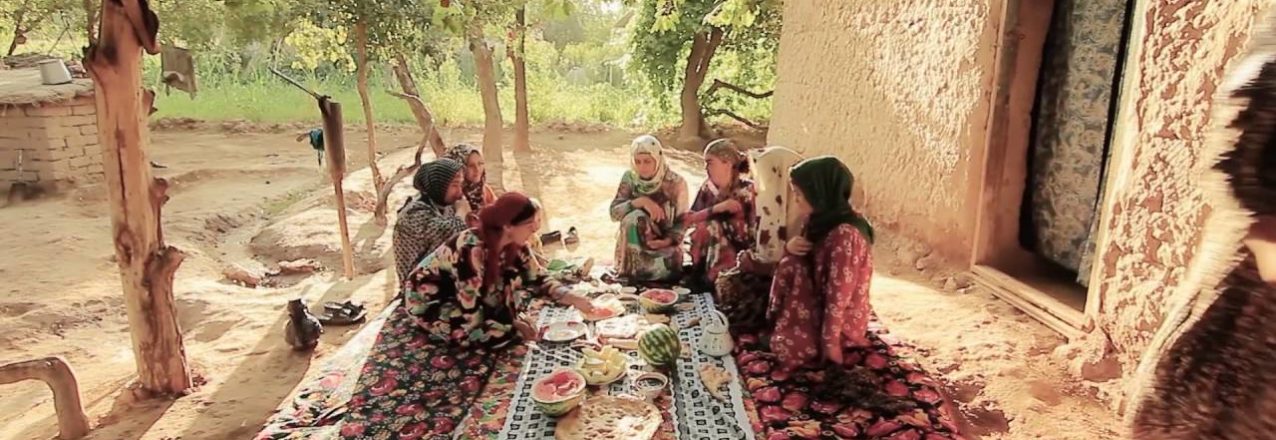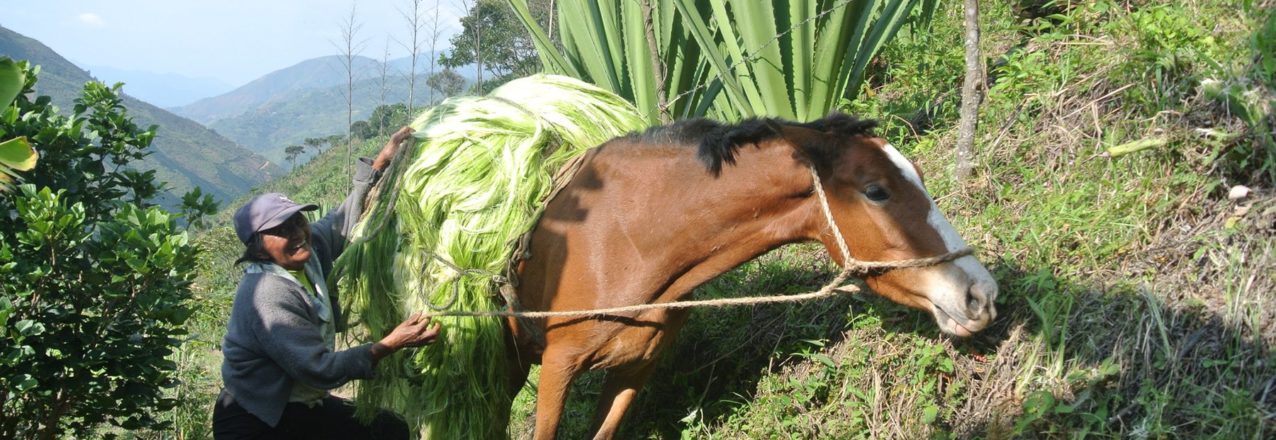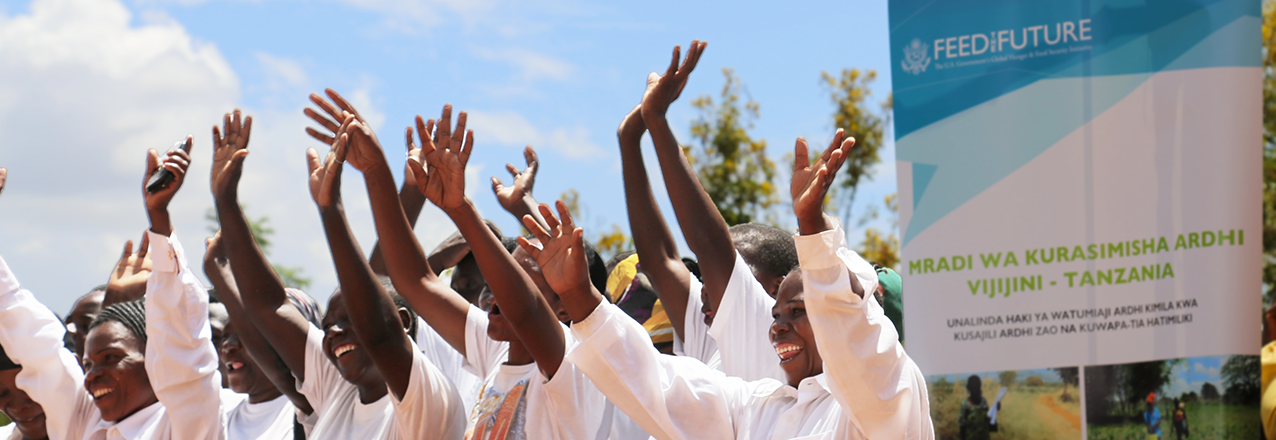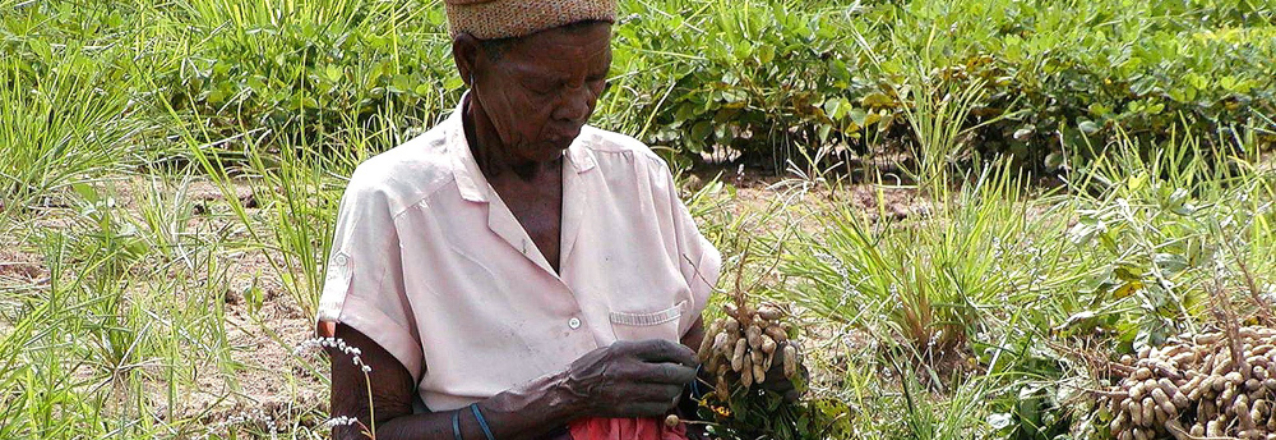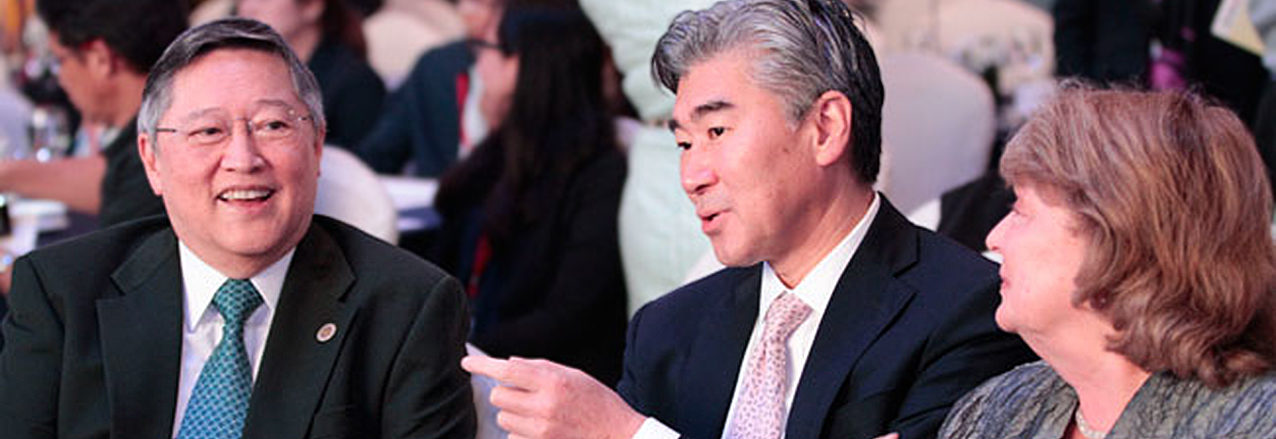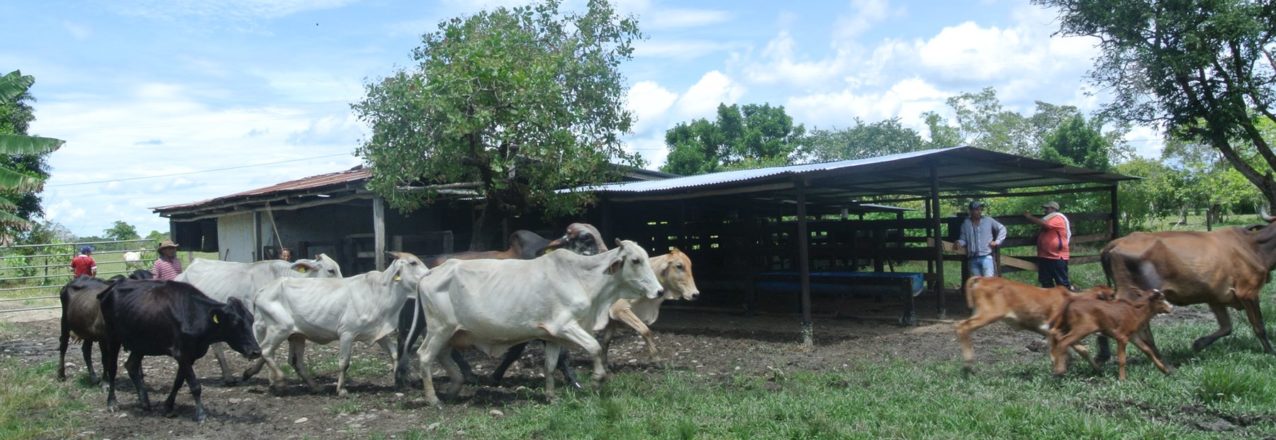LandLinks caught up with Caleb Stevens at the USAID office in Washington, DC to talk about the Community Land Protection Program (CLPP) in Liberia and the more than 3-year long rigorous performance evaluation USAID is conducting of the program. The stages of the CLPP program include:
- Stage 1: Laying the groundwork through legal education on rights and responsibilities of the community with respect to their land and resources;
- Stage 2: Strengthening community governance by facilitating the development of land use plans and community by-laws with participation and input from all community members; and
- Harmonizing boundaries and demarcating lands.
At USAID, Caleb is a Land and Resource Governance Advisor. He leads the E3/Land & Urban Office’s monitoring and evaluation portfolio, which includes six ongoing impact evaluations and the CLPP performance evaluation. He worked on community forestry and climate change mitigation, private sector engagement, and other property rights issues with the World Resources Institute (WRI) before joining USAID. He also served as Legal Advisor to the Liberian Land Commission, where he facilitated the development of Liberia’s national land policy.
Here is what Caleb had to say (this interview has been edited and condensed for clarity):
“It’s a privilege to be part of the evaluation of CLPP I got into land tenure in Liberia seven years ago and on my first day the data knowledge gaps were just so extreme. We were trying to do national-level policy reform with basically a single report on forest tenure. The commitment since on the part of the government and even funders to an evidence-driven approach to try and add to that has been pretty impressive.
When I was in Liberia, I was responsible for shepherding the land policy, which was expressly designed to be evidence-based and the country’s land authority (which then was the Liberia Land Commission) has been very supportive. They recognized that if they’re going to scale the policy, as implemented through the pending Land Rights bill, we’re going to need a little more evidence on what the impacts are. The idea is not only will [the CLPP evaluation] answer larger knowledge gaps in the literature on formal recognition of customary tenure, but that it will provide very actionable evidence that will inform how the land policy and land rights act are rolled out across the country and what the Liberian government can reasonably expect by strengthening community land governance.”
The main CLPP intervention seeks to first, educate and raise awareness of what rights are under Liberian law/policy; second, identify, as a community through participatory land use planning where the community’s resources are; third, what are the customary system’s rules around these resources (these customary rules are really undocumented, they’re oral); and fourth, what are the boundaries of the community.
Like so many Sub-Saharan African countries, it was thought early on in the reform process that it was a dual tenure system in Liberia; private on coast and public in the interior. What we’ve found is the situation is much more complex and rich and a lot of Liberians have taken the initiative on themselves to document their land using tribal certificates.
The legal process for getting a deed in Liberia is very time consuming and expensive. Since at least 1956, all public land allocations must go through the president. Only the president can officially sign off on the right to obtain private ownership of public lands. Tribal certificates are evidence that a local traditional leader has signed off on the granting of the public land and these certificates have become the de facto ‘private deed’ for some individuals and some customary communities have used it in order to strengthen tenure at the household level. Even the president herself was shocked to learn that tribal certificates are not deeds because she has tribal certificates in her family.
So it is important to think carefully how to deal with these tribal certificates as part of the reform process. The evaluation is asking questions about household possession of these tribal certificates and so will provide additional evidence on the extent of their use.
There are lots of experts committed to espousing community land protection as a good practice. Historically in sub-Saharan Africa, it’s always been presented as a fairly stark choice between land being held and owned and controlled by governments or pushing towards a more modern individualized system. Starting in 1998/1999, policies recognizing customary lands started to roll out. The African Union has embraced the idea that customary land should be respected and protected. Lots of funding, expertise, and international efforts are all geared toward protecting community lands.”
Are there specific tenure challenges that Liberia is facing in the customary sphere?
“Every challenge you can think of is probably present [in Liberia]. Palm oil is a particular challenge because the land impacted is so large. There’s also mining and commercial logging, and the manipulation of forest laws and customary governance institutions in order to acquire the land—all the more reason why we need a performance evaluation to see how can we improve community governance and the collective decision-making processes.”
The argument is we need to empower communities to engage with investors—that’s the win-win—but how do we build capacity and how do we know what was achieved? The performance evaluation will only get at that indirectly. It would be more about if we see improved accountability on the part of traditional leaders, for instance, vis a vis community members, or if we see reduced conflicts and can reasonably conclude that the community is much better off now because of that intervention; much more capable of negotiating successfully with investors.
The performance evaluation of CLPP is for those that want to see communities vested with land and those that challenge this approach—all the more reason to have data out there that really shows the benefits in a rigorous way. A common stereotype in sub-Saharan Africa is that customary tenure is unproductive, it’s not. It’s important to make sure that you challenge those stereotypes through rigorous evidence as much as possible because that discussion is happening right now in Liberia as we speak.
Our theory is that the importance of providing formal recognition of customary tenure is so that you can have these win-win scenarios where you have these improved livelihoods and productivity and you can get that without taking the land away or individualizing. But that’s just to say our evaluation supports that theory and does so indirectly. It could show reduced conflict, greater accountability, even greater perceptions of tenure security— all of which are key pieces to getting those longer term impacts on improved livelihoods and productivity.”
Are you finding a lot of partner opportunities with leaders in these customary communities that want to help out with the evaluation process or want more information?
“Criticism of these evaluations is [that] they are extractive. And that was one of the points raised by the Liberian land authority, so we’ve already started talking about how can we get this data back to the communities. We want to go to the communities which have been included in our treatment or control groups and think very carefully about what it is that they would like to know and what would help them, and make sure that it’s done in a way that is digestible and not “jargony.” So hopefully that will happen soon and that could really engender lots of good will not just among the communities, but all the partners in Liberia. It might also be the first time an evaluation has actually brought data back to the community respondents.
One of the challenges for researchers in trying to have an evidence-based, national or even sub-national policy approach is the extraordinary diversity that you’re dealing with. No two communities are alike. We’re collecting data in Lofa, River Gee, and Maryland counties in Liberia. If I were to list the key parts of Liberia that have seen the most active investments and most active land acquisitions, they would not be one of them. So there are limits to how much we can extrapolate our findings to other parts of Liberia.”
Any specific feelings of how you think the findings of this work are going to help shape other USAID activities and programming?
“I’m hoping that it can really be used internally—even outside Liberia—to bring home the relevance of customary tenure; it’s just such a dominant tenure type in sub-Saharan Africa and really in Asia and Latin America as well. It just can’t be ignored, and if our findings are positive, you can successfully work with communities to improve their governance if you want to satisfy or achieve certain development objectives. If we can show that, then that’s key evidence that we can bring into our discussions at USAID and when we help missions design projects.”
Read the evaluation design and baseline report, access survey instruments and learn more about the CLPP evaluation here.


